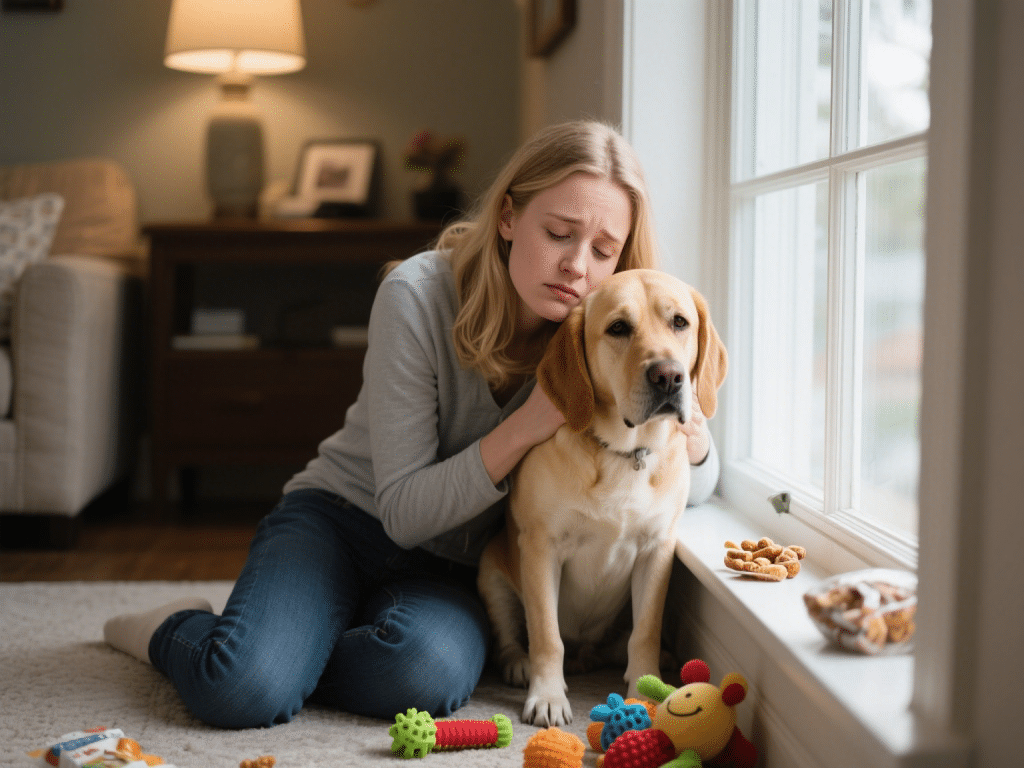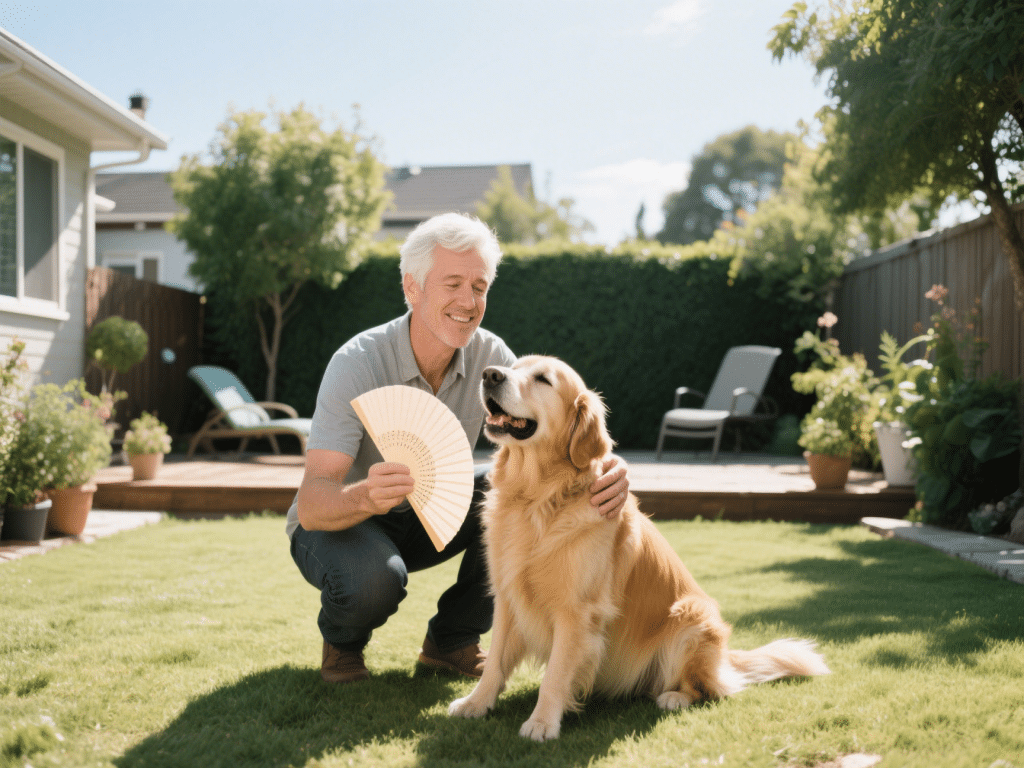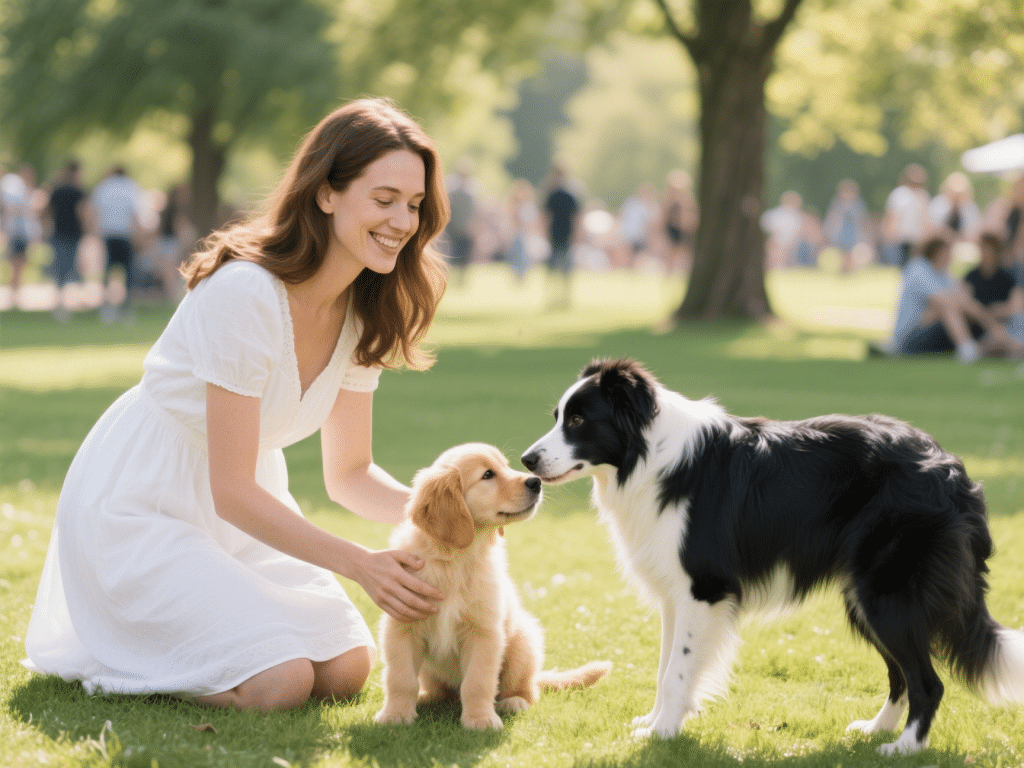
Introduction
Separation anxiety is a common behavioral issue in dogs characterized by distress when separated from their owners. Unchecked, it can lead to destructive behaviors, excessive vocalization, and health impacts. This guide outlines how to recognize signs of anxiety and implement proven strategies to help your dog feel more secure.
1. Recognizing Signs of Separation Anxiety
Pre-Departure Indicators: Excessive pacing, whining, trembling, or clinginess often starts before you leave. Dogs may follow you closely or become hyper-vigilant.
Behavior During Absence: Common behaviors include destructive chewing on doors or furniture, scratching at exit points, and excessive barking or howling. Some dogs may drool or have accidents indoors despite being house-trained.
Post-Return Stress: Overexcitement, uncontrolled greetings, or restlessness upon your return can also signify anxiety. Note whether the behavior occurs within the first 15–30 minutes.
2. Identifying Underlying Causes
Changes in Routine or Environment: A recent move, family additions, or shifts in owner schedules can trigger anxiety.
Lack of Independence Training: Dogs not taught to be alone early in life may struggle to self-soothe when left alone.
Genetic Predisposition: Some breeds (e.g., Border Collies, Labrador Retrievers) are more prone to separation anxiety due to attachment tendencies.
3. Behavioral Strategies to Manage Anxiety
Counterconditioning and Desensitization:
Short Absences: Begin with leaving your dog alone for 30 seconds and gradually increase by 30-second increments. Reward calm behavior upon return.
Randomized Departures: Practice picking up keys, putting on shoes, or other departure cues without leaving to reduce anticipation.
Create Safe Spaces: Provide a comfortable crate or designated “safe zone” with familiar bedding and favorite toys. Encourage your dog to spend time there while you’re home.
Interactive Enrichment: Puzzle feeders or treat-dispensing toys can occupy mental energy and distract from owner absence. Rotate toys daily to maintain interest.
Exercise and Mental Stimulation: A long walk or play session before departure can reduce pent-up energy and promote restful behavior during absence.
4. Professional Interventions and Aids
Consulting a Behaviorist: If behaviors persist despite home training, collaborate with a certified canine behaviorist for a tailored plan.
Medication and Supplements: In severe cases, veterinarians may recommend anti-anxiety medications (e.g., fluoxetine) or calming supplements (e.g., L-theanine). Always follow professional dosage guidelines.
Calming Products: Consider pheromone diffusers (e.g., DAP) or anxiety wraps (e.g., ThunderShirt) to provide a reassuring environment.
5. Monitoring Progress and Adjusting Plan
Behavior Logs: Keep a diary noting duration of absences, behaviors observed, and any adjustments made. This data helps identify triggers and measure improvement.
Regular Check-Ins: If possible, enlist a friend or dog walker to check on your dog midday and break up long absences, gradually reducing frequency as confidence improves.
Conclusion
Managing separation anxiety is a gradual process that requires patience, consistency, and empathy. By recognizing warning signs, implementing desensitization techniques, providing enrichment, and seeking professional support when necessary, you can help your dog develop independence, reduce distress, and enjoy a more balanced emotional state.









Comments on "Understanding and Managing Separation Anxiety in Dogs" :